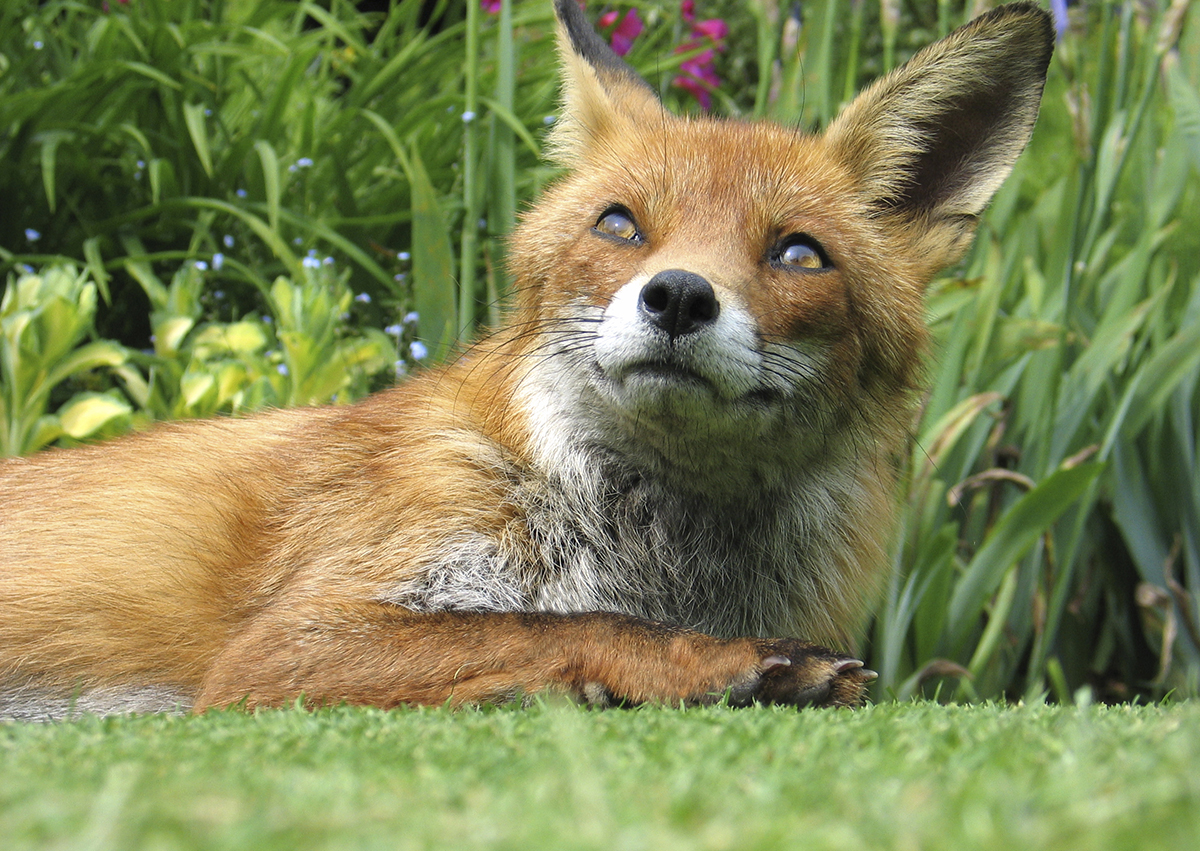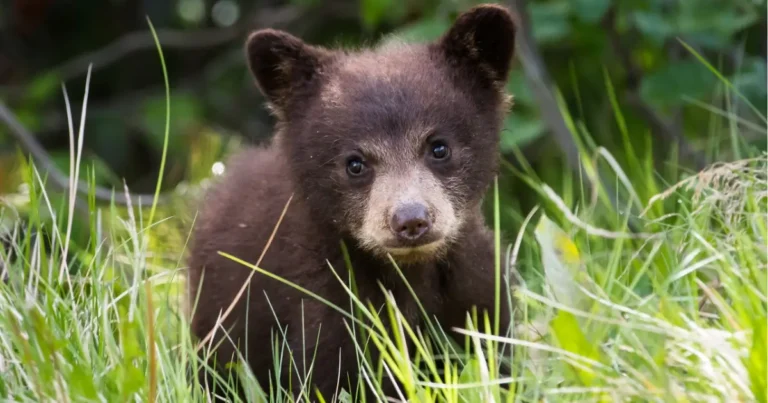
Neither answer is right – it’s simply a matter of personal preference.
Wildlife friendly gardens
A garden that invites wildlife to your property, or supports the local ecosystem, can be an absolute pleasure. It can also be extremely beneficial to all creatures – from worms up to deer and on to coyotes.
Your first step will be to understand the environment surrounding your garden. If you live in a densely populated city, you may have the best luck in attracting birds, butterflies and small mammals such as chipmunks or squirrels. Specific plants for birds and butterflies can be found at a local greenhouse or gardening centre – and the folks there will know just what you need.
You’ll also want to provide shelter for the small mammals – be it outcroppings of stone, dense shrubbery, or trees.
Be aware, however, that attracting some of these animals may not be in their – or your neighbour’s – best interests or desires. Ensure that you won’t be creating conflict situations before getting started. A great resource for wildlife friendly gardening is your local naturalist’s association.
Wildlife free gardens
Not everyone wants all matters of species in their backyards – and that’s especially true for people growing vegetables and fruits.
As is the case in wildlife friendly gardens, understanding your local ecosystem is the all-important first step. By knowing who may be visiting your plots, you can take steps to prevent conflict with them.
Using vegetable boxes – raised beds made of wood or other materials – can help keep burrowing critters from getting underneath the roots of your plants. Using some simple fencing methods (akin to those we use for beaver flow devices and tree-wrapping) can also help keep rabbits or squirrels from accessing your plants.
Picking up fallen fruits – even if they’re not ones you intend to harvest for yourself – is important, too. Animals of all kinds will zoom in to get the free meal, be they squirrels, deer or coyotes. By removing food sources, you can help prevent these animals from hanging around your garden.
Again, speaking with your local naturalist’s club or discussing plants that don’t appeal to local wildlife with a greenhouse can be a great way to learn how to make your garden wildlife free.
We’d love to see photos of your wildlife friendly or wildlife free gardens – and hear what ideas work best for you. Send us a note at fbd@thefurbearers.com and we’ll compile them and post a list of the best ideas we get!
Work like our growing Living With Wildlife campaign is only possible with the support of monthly donors. Please consider become a monthly donor – for as little as $5 a month – and help us create a Canada that is truly fur-free.

